The year is 2033, and the field of medicine has changed significantly. Wearable med-tech devices are everywhere, providing real-time monitoring of patient health and enabling healthcare providers to detect potential issues before they become serious. Innovative technologies such as artificial intelligence and robotics are used to improve diagnosis, treatment, and patient outcomes. Welcome to the future of med-tech.
According to a recent report, the global medical technology market is expected to grow at a compound annual growth rate of 5.6% from 2021 to 2028, driven by the increasing prevalence of chronic diseases, technological advancements, and rising healthcare expenditures. As the med-tech industry continues to evolve, so do the challenges and opportunities for growth.
The Current State of the Med-Tech Industry
The med-tech industry has been undergoing a rapid transformation over the last few years, driven by technological advancements, changing patient needs, and increasing healthcare expenditures.
One of the major trends in the med-tech industry is the increasing adoption of digital health solutions. With the rise of smartphones, wearables, and other connected devices, patients are more engaged in their health than ever before. This has created a growing demand for digital health solutions that allow patients to monitor their health, track their progress, and communicate with their healthcare providers.
Another trend in the med-tech industry is the increasing focus on patient outcomes. As healthcare shifts from a volume-based to a value-based model, providers increasingly seek solutions that can improve patient outcomes and reduce costs. This has created a growing demand for technologies that can improve diagnosis, enhance treatment options, and streamline operations.
Despite the many opportunities in the med-tech industry, there are also significant challenges that need addressing. One of the biggest challenges is regulatory compliance. Med-tech companies must comply with complex regulations, including the FDA’s Quality System Regulation and the European Medical Devices Regulation. This can make it difficult for companies to bring innovative products to market quickly and cost-effectively.
Another challenge in the med-tech industry is cybersecurity. With the increasing use of connected devices and digital health solutions, there is a growing risk of cyberattacks that can compromise patient data and disrupt operations. This has created a need for med-tech companies to invest in cybersecurity solutions that can protect their systems and data.
Despite these challenges, the med-tech industry is poised for continued growth in the years ahead. According to a report by Grand View Research, the global medical device market will reach $612.7 billion by 2025, driven by factors such as increasing healthcare expenditures, aging populations, and the growing prevalence of chronic diseases.
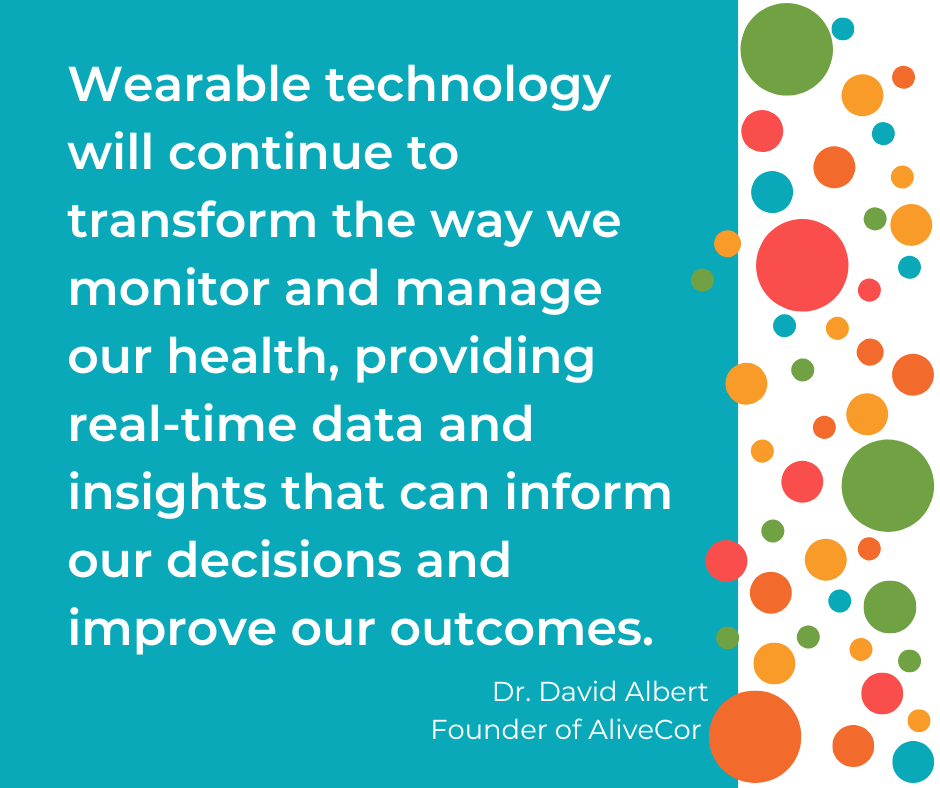
Med-tech Timeline
The term “med-tech” is believed to have been coined in the late 1990s, around the time when the med-tech industry was undergoing rapid transformation due to the rise of digital health solutions and other technological advancements. However, the roots of the med-tech industry can be traced back centuries, with the development of various medical devices and technologies that have revolutionised healthcare over the years.
- 1895: The X-ray is invented, revolutionising medical imaging and diagnosis.
- 1928: The discovery of penicillin marks the beginning of the antibiotic era.
- 1952: The first artificial heart valve is developed.
- 1960: The development of implantable pacemakers leads to significant advances in the treatment of cardiac arrhythmias.
- 1979: The first MRI machine is developed, providing non-invasive imaging of the body’s soft tissues.
- 1980s: The development of laparoscopic surgery allows for minimally invasive surgery, reducing patient recovery times and complications.
- 1998: The first wearable defibrillator is approved by the FDA for use outside of hospitals.
- 2001: The first continuous glucose monitor is introduced for at-home monitoring of blood sugar levels in patients with diabetes.
- 2004: The first remote patient monitoring systems were introduced, allowing patients to be monitored at home.
- 2006: The first wireless fetal monitor is introduced, allowing expectant mothers to monitor their baby’s heartbeat at home.
- 2010: The rise of digital health solutions and mobile health technologies leads to a new era of patient engagement and personalised healthcare. Wearable fitness trackers and smartwatches have gained popularity, allowing users to track their fitness and monitor their health data, including heart rate and sleep patterns.
- 2014: The first at-home genetic testing kits are introduced, allowing consumers to analyze their DNA for ancestry and health information.
- 2016: The FDA approves the first at-home artificial pancreas system for patients with type 1 diabetes, allowing for automated insulin delivery.
- 2017: The FDA approves the first digital pill, which contains a sensor that can track when the medication is ingested.
- 2020: During the COVID-19 pandemic, telemedicine and remote patient monitoring technologies increase dramatically, as patients seek to avoid in-person visits to healthcare providers.
The Role of Technology in Driving Growth
In recent years, technology has played a significant role in driving growth in the med-tech industry. From artificial intelligence (AI) to the internet of things (IoT), a wide range of innovative technologies are transforming the way healthcare is delivered.
One of the most promising technologies driving growth in the med-tech industry is artificial intelligence (AI). With its ability to analyze vast amounts of data and identify patterns, AI is well-suited for a range of applications in healthcare. For example, AI-powered diagnostic tools can help healthcare providers to more accurately diagnose and treat a range of conditions, while AI-powered predictive analytics can help identify patients who are at risk of developing certain conditions before symptoms appear. AI is also being used to develop more personalised patient treatment plans based on their unique genetic and environmental factors.
Another technology driving growth in the med-tech industry is the internet of things (IoT). With the proliferation of connected devices, there is a growing opportunity to leverage the IoT to improve patient outcomes and reduce costs. For example, IoT-enabled medical devices can monitor patient health in real-time and alert healthcare providers if there are any concerning changes. This can help to prevent hospital readmissions and other costly complications. The IoT is also being used to optimise hospital operations by using real-time data to manage patient flow, reduce wait times, and improve patient satisfaction.
Other innovative technologies driving growth in the med-tech industry include machine learning, blockchain, and virtual reality. Machine learning, like AI, analyzes large data sets and improves healthcare outcomes. Meanwhile, blockchain is used to create more secure and efficient healthcare data exchanges, while virtual reality trains healthcare providers and provides patients with immersive therapy experiences.
As the med-tech industry continues to evolve, we will likely see even more exciting developments in the years ahead.
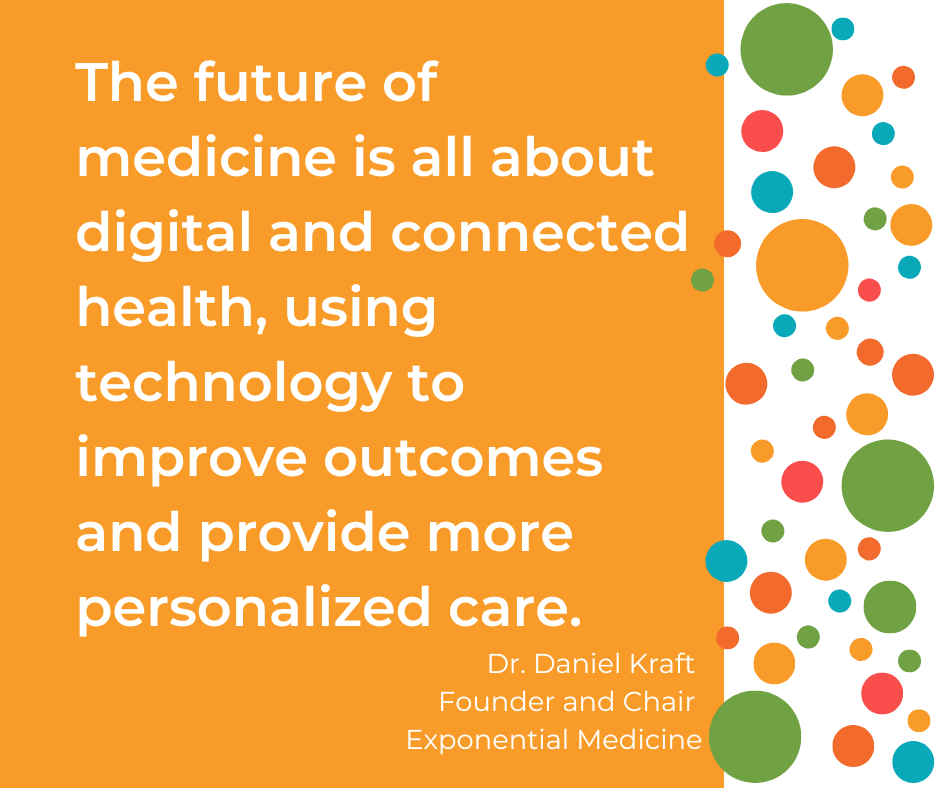
Examples of Innovative Med-tech products
Medtronic’s Micra Transcatheter Pacing System
This tiny pacemaker implanted directly into the heart eliminates the need for leads or a surgical pocket under the skin. The device is only 1/10th the size of a traditional pacemaker and has a battery life of up to 14 years. The Micra system has been shown to have a lower risk of complications compared to traditional pacemakers and has been used to treat over 100,000 patients worldwide.
Philips’ Lumify Ultrasound System
This portable ultrasound system can be used with a smartphone or tablet. The small and lightweight device makes it easy to transport to remote or rural areas. The Lumify system provides ultrasound imaging in emergency rooms, critical care units, and in the field during disaster response efforts.
Prosthetics by Open Bionics
This is a UK-based company that develops prosthetic limbs using 3D printing technology. Open Bionics’ prosthetics are lightweight, affordable, and can be customised to fit each individual patient. The company has developed a range of prosthetic limbs for adults and children, including arms and hands, and has received several awards for its innovative products.
Best Practices for Leveraging Innovative Technology
Leveraging innovative technology is essential for driving growth in the med-tech industry. However, it’s important to approach the selection and implementation of technology solutions strategically to ensure they are effective and aligned with business objectives.
The first step in leveraging innovative technology is to assess the needs of your target audience. This requires a deep understanding of the challenges faced by healthcare providers and patients and the opportunities for improving patient outcomes and reducing costs. For example, suppose you are developing an AI-powered diagnostic tool. In that case, it’s essential to understand the specific diagnostic challenges healthcare providers face and ensure the device is user-friendly and easy to integrate into existing workflows.
Another important consideration is identifying key performance indicators (KPIs) for measuring the success of technology solutions. This requires a clear understanding of the business objectives that are driving the adoption of technology. For example, if your objective is to reduce hospital readmissions, your KPIs might include the number of readmissions per month or the average length of patient stay.
Building a solid technology infrastructure is also critical for leveraging innovative technology. This requires investing in the right hardware and software and developing a robust data management system that can support the collection, analysis, and storage of large amounts of data. It’s also important to have a team of experienced technology professionals who can manage the implementation and maintenance of technology solutions.
To ensure the effective implementation of innovative technology, it’s important to have a strong focus on user adoption. This requires engaging with healthcare providers and patients to understand their needs and preferences and designing technology solutions that are intuitive and user-friendly. This approach has been shown to be effective in increasing adoption rates and improving outcomes. For example, a study published in the Journal of the American Medical Association found that an AI-powered diagnostic tool was more effective when healthcare providers were engaged in the development process and provided with training and support.
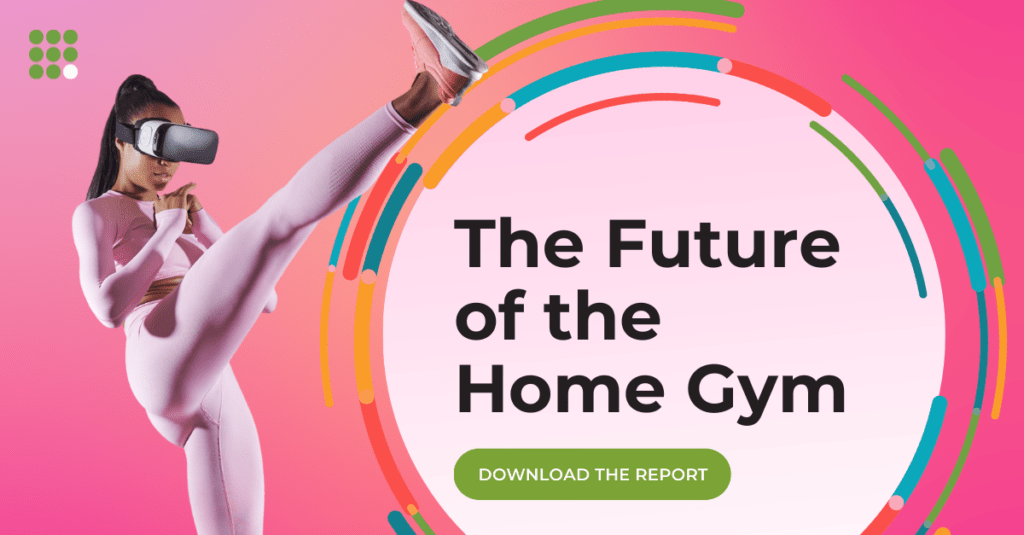
Case Studies from Around the World
Innovative technology is transforming the med-tech industry worldwide, with companies using advanced solutions to improve patient outcomes, streamline operations, and drive revenue growth. In this section, we will showcase some case studies from around the world that illustrate how innovative technology is driving growth in the med-tech industry.
United Kingdom
Sensyne Health is a UK-based healthcare company founded in 2018 by Lord Paul Drayson. The company uses artificial intelligence (AI) to develop innovative healthcare solutions that improve patient outcomes and reduce costs. Sensyne’s clinical AI technology is used to create predictive algorithms to help healthcare providers identify patients at risk of developing certain conditions. By analyzing patient data in real-time, Sensyne’s technology can help clinicians to identify patients who may benefit from early intervention, ultimately leading to better health outcomes and reduced costs.
Sensyne has partnered with several UK-based hospitals and research organisations to develop and test its solutions. One notable partnership is with the University of Oxford’s Big Data Institute. Sensyne is working with researchers to create predictive models for conditions such as heart failure and sepsis. Using AI to analyze large datasets, Sensyne, and its partners can develop highly accurate predictive models to help clinicians make better decisions and improve patient outcomes.
In addition to its partnerships, Sensyne has also reported impressive financial results. In 2020, the company reported a 43% increase in revenue, driven by strong demand for its technology solutions. Sensyne has also secured several large contracts with UK-based healthcare providers, including a partnership with Chelsea and Westminster Hospital NHS Foundation Trust to develop a digital early warning system for patients with COVID-19.
By developing predictive algorithms and using AI to analyze patient data, Sensyne is helping improve patient outcomes and reduce costs, securing impressive financial results, and establishing partnerships with leading healthcare providers and research organisations.
Europe
Ada Health is a Berlin-based company that has developed a mobile app that uses AI to help patients diagnose their symptoms. The app asks users questions to determine the possible causes of their symptoms and provides personalised health recommendations. Ada Health partners with several European health systems, including the UK’s National Health Service (NHS). It is helping to reduce the burden on healthcare providers by empowering patients to take a more active role in their healthcare.
USA
Atrius Health is a US-based healthcare organisation that is at the forefront of using virtual care technology to improve patient outcomes and reduce costs. The organisation was founded in 2004 and is headquartered in Newton, Massachusetts. Atrius Health provides a wide range of healthcare services to patients in the New England area, including primary care, speciality care, and behavioural health services.
By leveraging virtual care technology, Atrius Health can connect patients with healthcare providers remotely, reducing the need for in-person visits and improving patient access to care. In recent years, the organisation has reported significant improvements in patient satisfaction, clinical outcomes, and cost savings.
One example of Atrius Health’s success is its implementation of virtual group visits, which allow patients with similar conditions to receive care together remotely. By connecting patients with each other and with healthcare providers, virtual group visits have been shown to improve patient engagement and satisfaction while also reducing the need for in-person visits and improving health outcomes. According to Atrius Health, patients who participated in virtual group visits for diabetes management had a 5.9% reduction in HbA1c levels, compared to a 2.4% reduction for patients who received usual care.
Atrius Health has also reported significant cost savings due to its virtual care initiatives. According to a recent report, the organisation saved more than $15 million in 2019 using virtual care technology. In addition to cost savings, virtual care has allowed Atrius Health to expand its reach and provide care to patients in rural and underserved areas.
By implementing innovative solutions like virtual group visits and focusing on patient engagement, Atrius Health has established itself as a leader in the med-tech industry, with a strong track record of success and a commitment to improving patient outcomes.
India
Practo is an Indian healthcare company that has developed a mobile app that allows patients to book appointments with healthcare providers, access their medical records, and communicate with their healthcare team. The app allows patients to save time and improve their access to care. Practo has also developed a telemedicine solution that enables patients to consult with healthcare providers remotely, improving access to care for patients in rural areas.
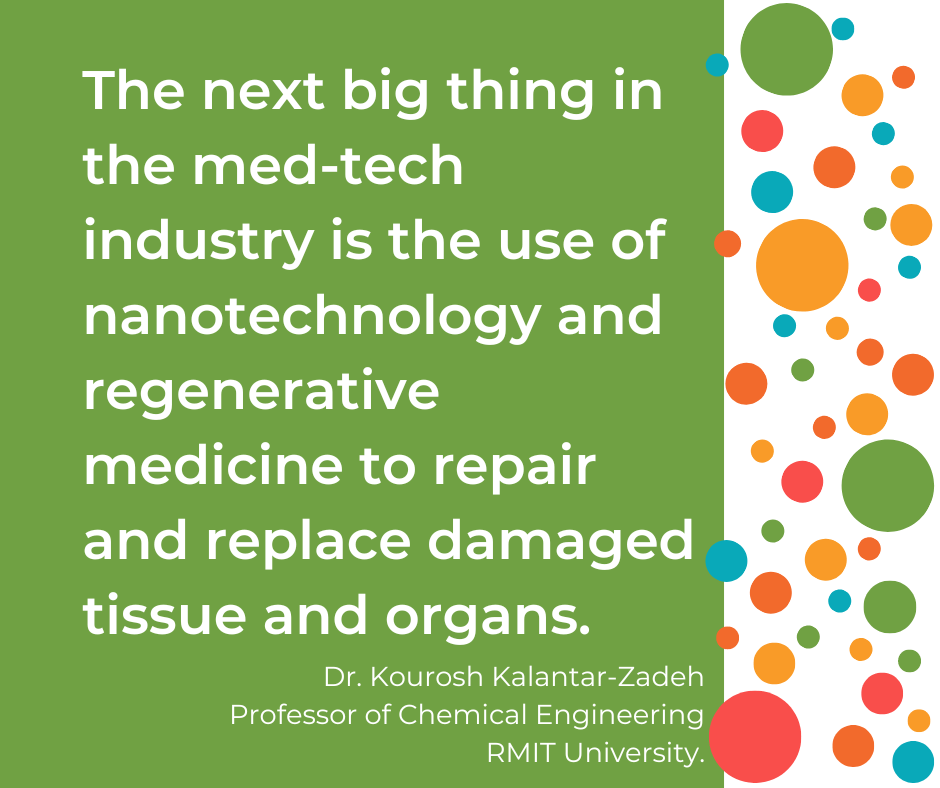
Japan
Sony is a Japanese electronics company expanding its presence in the med-tech industry. One of Sony’s recent developments is a wearable device that can monitor vital signs, such as heart rate and blood pressure. The device uses advanced sensor technology to provide real-time patient health monitoring, allowing healthcare providers to detect potential issues before they become serious.
In 2018, Sony announced the release of its wearable device, the Wena Wrist Pro. The device has sensors that can detect heart rate, blood pressure, and other vital signs. It also has an NFC chip, allowing users to make payments and access public transportation. The device can connect to a smartphone app, allowing users to monitor their health data and share it with healthcare providers.
The Wena Wrist Pro has been used in several hospitals in Japan to improve patient outcomes and reduce costs. For example, in 2019, Sony partnered with Osaka University Hospital to conduct a pilot study using the Wena Wrist Pro to monitor patients with congestive heart failure. The study found that the device was effective in detecting changes in patient health, allowing healthcare providers to intervene before serious complications occurred.
Toshimoto Mitomo, Deputy Senior General Manager of Sony’s AI Robotics Business Group, says, “We see healthcare as a very important business domain for Sony. We are committed to developing technology that can help people lead healthier, more fulfilling lives.” In addition to the Wena Wrist Pro, Sony is also developing other healthcare technologies, such as a biometric sensor that can measure stress levels and a robotic pet that can provide companionship for elderly people.
Overall, Sony’s development of the Wena Wrist Pro is an example of how wearable technology can be used to improve patient outcomes and reduce costs in the med-tech industry. With its advanced sensor technology and smartphone connectivity, the Wena Wrist Pro has the potential to revolutionise the way patients and healthcare providers monitor and manage health.
China Ping An Good Doctor is a Chinese healthcare company that has developed a telemedicine platform that connects patients with healthcare providers remotely. The platform uses AI to provide diagnosis and treatment recommendations and has been used by millions of patients across China and Southeast Asia. The company has reported significant growth in recent years, driven by increasing demand for telemedicine solutions in the region.
Singapore
Holmusk is a Singapore-based healthcare company at the forefront of using innovative technology to improve mental health services. The company was founded in 2015 by Nawal Roy and has since established itself as a leader in the med-tech industry, focusing on using AI to provide personalised therapy for patients.
Holmusk’s mental health platform, “Big White Wall,” uses AI to analyze patient data and provide customised treatment plans. The platform can identify potential risk factors for mental health issues, such as depression and anxiety, and provide early intervention to prevent serious complications. The platform also includes a community feature, allowing patients to connect and share experiences.
Holmusk has partnered with several healthcare providers in Singapore to improve access to mental health services. One notable partnership is with National University Hospital (NUH), where Holmusk provides its mental health platform to patients with chronic illnesses. According to NUH, the partnership has resulted in a 30% reduction in hospital admissions and a 60% reduction in emergency department visits among patients with chronic illnesses.
In addition to its partnerships in Singapore, Holmusk has expanded to other countries in the region, such as Malaysia, Indonesia, and the Philippines. The company reported impressive growth in recent years, with a 50% increase in revenue in 2020 and a valuation of over $100 million.
According to Nawal Roy, Founder and CEO of Holmusk, “Our mission is to improve mental health outcomes for millions of people around the world. By using AI to provide personalised therapy, we are helping to address the global mental health crisis and improve access to care for those who need it most.”
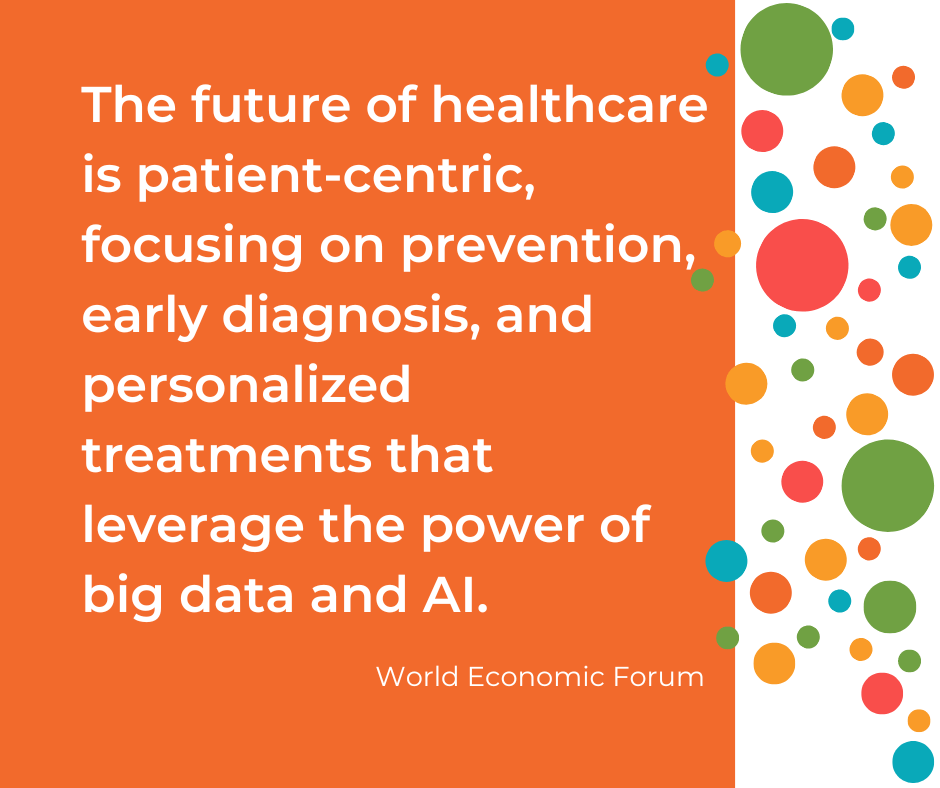
Canada
MindBeacon is a Canadian mental health company that has developed an online platform that provides personalised therapy for patients with mild to moderate mental health concerns. The platform uses AI to match patients with licensed therapists and provides access to interactive exercises and guided meditations. MindBeacon has partnered with several Canadian employers and health plans to improve employee access to mental health services.
Thailand
OmiseGO is a Thai fintech company that has developed a blockchain-based payment system for healthcare transactions. The platform allows healthcare providers to securely and efficiently manage payment and insurance transactions, reducing administrative burdens and improving patient experiences. OmiseGO has partnered with several Thai health systems to implement its payment system.
Indonesia
Halodoc is an Indonesian healthcare company that has developed a mobile app allowing patients to consult remotely with healthcare providers. The app provides access to various healthcare services, including telemedicine, pharmacy delivery, and lab tests. Halodoc has partnered with several Indonesian health systems to improve access to care for patients in remote areas.
Vietnam
eDoctor is a Vietnamese healthcare company that has developed a telemedicine platform allowing patients to consult remotely with healthcare providers. The platform provides access to various healthcare services, including online consultations, prescription delivery, and lab tests. eDoctor has partnered with several Vietnamese health systems to improve access to care for patients in remote areas.
Philippines
HealthNow is a Philippine healthcare company that has developed a telemedicine platform that connects patients with healthcare providers remotely. The platform provides access to various healthcare services, including virtual consultations, e-prescriptions, and lab tests. HealthNow has partnered with several Philippine health systems to improve access to care for patients across the country.
Get regular insights
Keep up to date with the latest insights from our research as well as all our company news in our free monthly newsletter.

What does the future hold for med-tech?
Futurists predict that technological innovations will significantly impact the med-tech industry in the next decade, with several advancements expected to transform the way healthcare is delivered. Here are a few predictions:
- Increased Use of Artificial Intelligence (AI): AI will play an increasingly important role in healthcare in the next decade, with the potential to improve diagnosis, treatment, and patient outcomes. AI-powered tools can analyze large amounts of data quickly and accurately, allowing healthcare providers to make more informed decisions.
- More Personalised Medicine: Advances in genomics, wearables, and other technologies are expected to enable more personalised medicine. Healthcare providers can tailor treatments to each individual’s unique needs by analyzing a patient’s genetic makeup and other factors.
- Greater Use of Robotics: Robotics will play an increasingly important role in healthcare, with the potential to improve surgical outcomes, assist with rehabilitation, and provide remote care. While robots are unlikely to replace doctors entirely, they will assist with certain tasks, such as surgery, and provide support for patients in areas such as physical therapy.
- Telemedicine and Remote Care: The COVID-19 pandemic has accelerated the trend toward telemedicine and remote care, which will continue to grow and evolve. Telemedicine and remote care enable patients to access healthcare services from anywhere, reducing the need for in-person visits and improving access to care, especially in rural or underserved areas.
The med-tech industry is undergoing a period of rapid transformation driven by the power of innovative technology. From AI and machine learning to wearables and telemedicine, technology solutions are improving patient outcomes, streamlining operations, and driving revenue growth.
As the med-tech industry evolves, companies must stay up-to-date with the latest trends and best practices. By assessing the needs of their target audience, identifying key performance indicators, building a solid technology infrastructure, and focusing on user adoption, brands in the med-tech space can position themselves for success in the years ahead.
Want more insight into the world of med-tech? Download our comprehensive trend report “Feeling Good: Powering the Next Gen of Fitness and MedTech” here.
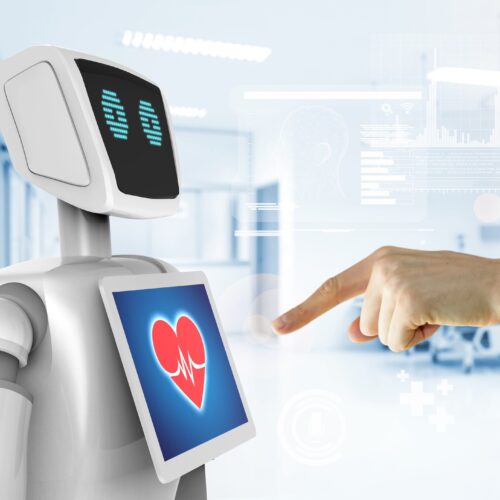

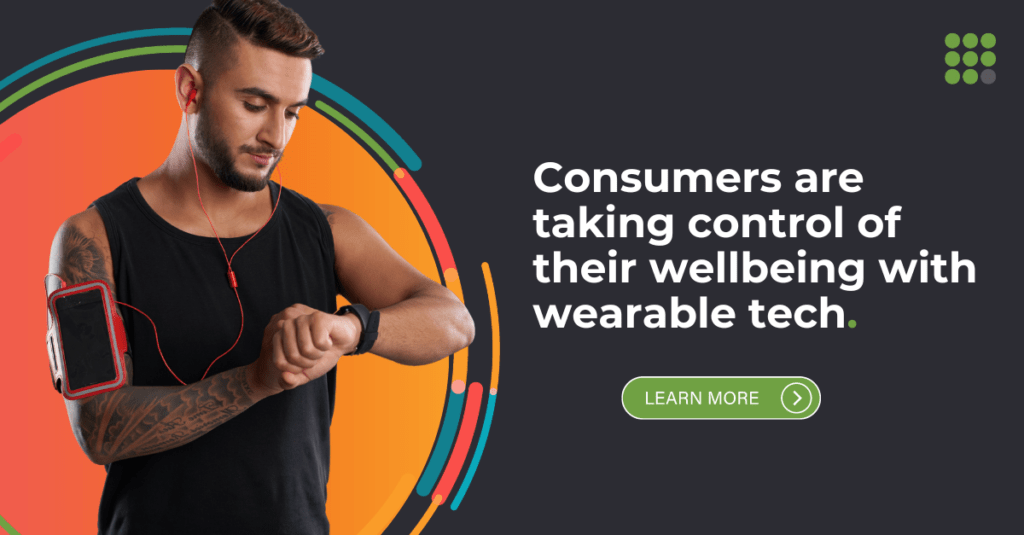
 Senior Marketing Executive
Senior Marketing Executive Sales & Marketing
Sales & Marketing General Manager PR -Internal Communications & Government Affairs
General Manager PR -Internal Communications & Government Affairs Vital Strategies
Vital Strategies
 Customer Intelligence Director
Customer Intelligence Director